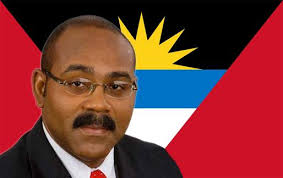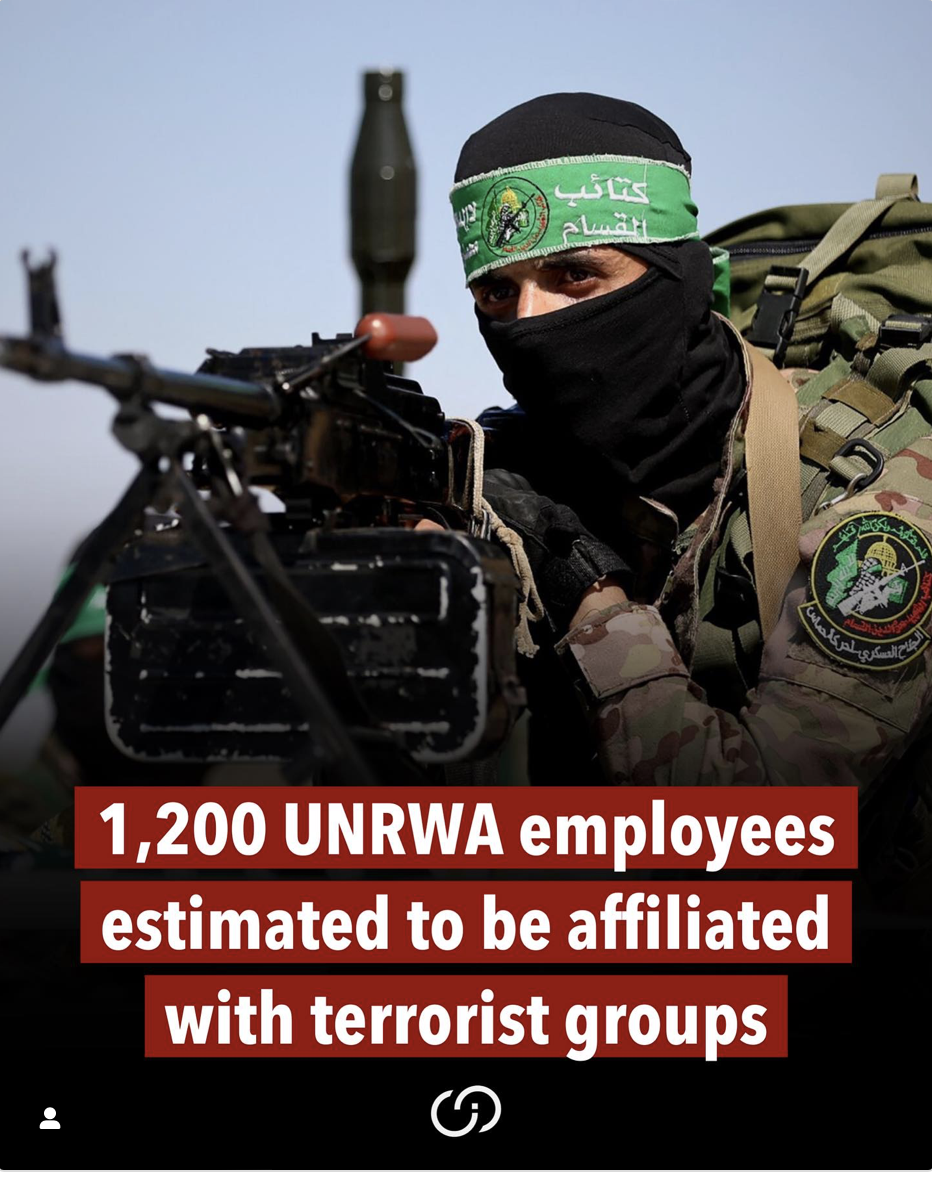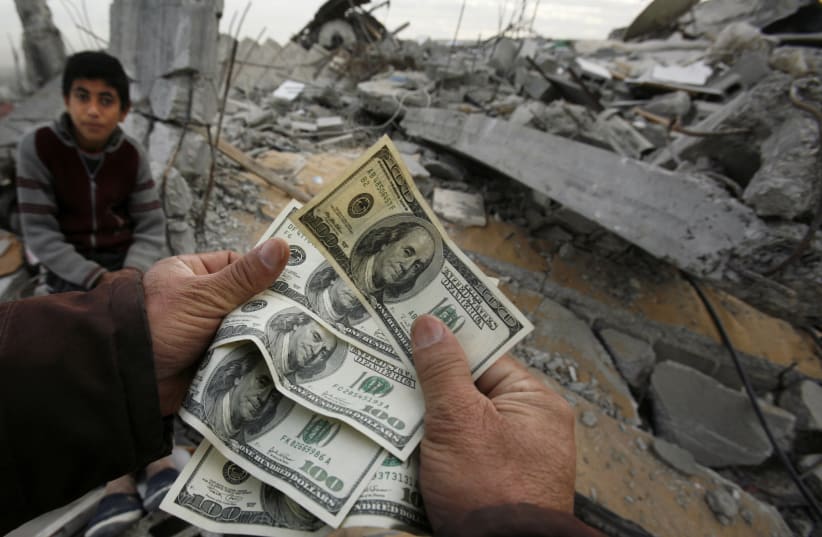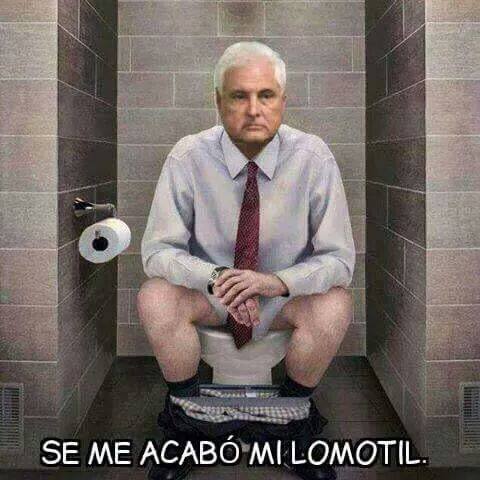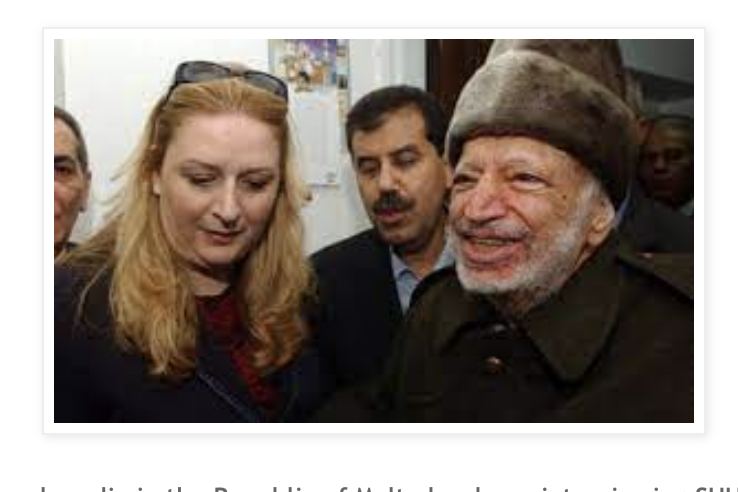In an exclusive interview with EL PAÍS, the former attorney reveals the key workings of the scheme, which saw millions in commissions paid to the governments of 12 countries:
Rodrigo Tacla has become a ticking time bomb. Now one of the men most feared by presidents and high-ranking officials in Latin America, the 44-year-old lawyer is privy to many of the secrets of Odebrecht, the Brazilian construction giant that has brought the political foundations of the continent crashing down after confirming the payment of millions of euros in bribes to the governments of 12 countries.
Until 2016, Tacla worked as a lawyer at the company’s Structured Operations Department, the secretive business unit that specialized in buying goodwill. Election campaigns, gifts, parties, prostitutes… There were no limits when it came to securing the favors of politicians. In return, presidents and heads of state would sign public works contracts, the main source of income for the biggest construction company in Latin America, a giant with 168,000 employees and tentacles that reached into 28 countries.
EL PAÍS has located Tacla, who has Spanish-Brazilian nationality, in Madrid. He was arrested in November after an order was issued by a court in Curitiba, Brazil. After spending 72 days in the Spanish prison of Soto del Real – accused of bribery, money laundering and belonging to a criminal organization – he is now out, on conditional release. Tacla will be tried in Spain after the Spanish High Court, the Audiencia Nacional, rejected his extradition to his country of birth, Brazil.
The Brazilian justice system accuses him of laundering more than €12 million on the orders of his company. Furthermore, Odebrecht claims that he was hired to launder illegal commissions. Tacla denies this, claiming that he only lent his services for five years, and that he knows about the company’s illegal activities because he “evaluated risks” as a lawyer in the countries where the construction company had bought off dozens of politicians.

In this, his first interview, Tacla, who is now cooperating with the US Department of Justice and the Spanish corruption prosecutor, reveals the details about the biggest corruption scandal in the Americas. It’s a political time bomb packed with shrapnel that has already impacted presidents Michel Temer (Brazil), Juan Manuel Santos (Colombia) and Danilo Medina (Dominican Republic), along with former leaders Ollanta Humala (Peru) and Luiz Inácio Lula da Silva (Brazil).
Question. How did Odebrecht operate?
Answer. The construction company found solutions by paying. It would pay commissions to the lowest-ranking civil servant, up to the head of state.
Q. And how did it get close to the seats of power?
A. The first contact would be established during the election campaign. Odebrecht would pick up the costs of the political marketing of the candidates. It had an agreement with a publicist called João Santana [responsible for the successful campaigns of Brazilian ex-presidents Luiz Inácio Lula da Silva and Dilma Rousseff]. The construction company would later suggest the public works that would be included in the government’s plans.
Q. The politician would return the favor when they got to power…
A. The first contact would be established during the election campaign. Odebrecht would pick up the costs of the political marketing of the candidates. It had an agreement with a publicist called João Santana [responsible for the successful campaigns of Brazilian ex-presidents Luiz Inácio Lula da Silva and Dilma Rousseff]. The construction company would later suggest the public works that would be included in the government’s plans.
Q. The politician would return the favor when they got to power…
A. Yes. The leader would include projects of interest to Odebrecht in their government plans. The construction company, in some cases, would advise countries on how to secure financing through organizations such as the World Bank or the Inter-American Development Bank (BID).
Q. How many civil servants, candidates and presidents did Odebrecht bribe?
A. More than 1,000. Via the firm, anyone from public company managers to heads of state would get paid. In Brazil alone there are 500 people affected by this. And there are politicians and high-ranking civil servants in Brazil whose names have still not come out.
Q. Odebrecht paid the biggest fine in history in 2016: €2.2 billion to the governments of Brazil, Switzerland and the United States so it could bid for public tenders once more. With this agreement, the construction company admitted that since 2001 it had paid bribes in 12 different countries. Are you aware of the involvement of any more states?
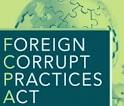
A. Yes. For example, the company paid €3 million in January 2016 to the prime minister of Antigua and Barbuda, Gaston Browne. The payment was made via the diplomat from this country, Casroy James. The money was to stop Antigua and Barbuda from telling the judicial authorities in Brazil about the movements in Meinl Bank, a local lender acquired by Odebrecht that was used to launder the funds from bribes.

Although Browne was paid €3 million, the operation cost Odebrecht €10.5 million. Most of this money ended up in the pockets of a number of directors from the construction company and from Meinl Bank. The decision [to pay the alleged bribe to Browne] was taken in September 2015, during a meeting at the Hotel Intercontinental in Madrid, at which I was present.

Meinl Bank headquarters in Antigua and Barbuda.
[Browne told EL PAÍS that he had not received a bribe from Odebrecht. He stressed that he had never offered beneficial treatment to the builder and insisted that he was collaborating with Brazilian authorities in their investigation].
Q. Can you explain the mission of this small bank in Antigua and Barbuda?
A. Meinl Bank was a front in this Caribbean tax haven. It had just three employees in a small office. Its headquarters in São Paulo was in the consulate. It was the nerve center from where irregular payments were made. Money was transferred from there to other banks such as the Andorra Private Bank [BPA], a lender that was closed in 2015 due to corruption. Via internal payments there was no trail, and it avoided the traces of funds when a SWIFT [international transfer code] is included.

MONEY LAUNDERING
Q. What role in the money-laundering structure did BPA and its affiliate in Spain, Banco Madrid, play?
A. The BPA was the bank in charge of the final payments. Odebrecht would open accounts at this lender in the name of Politically Exposed Persons [PEPs], public figures susceptible to laundering money. The construction company ordered transfers to the BPA from its bank in Antigua and Barbuda. Afterwards the money in BPA would be transferred via internal movements – off the books – to the accounts of the beneficiaries.
Chronilces of Monte Friesner - Financial Crime Analyst 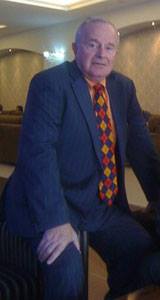
Contibuted by El Pais

